June 16, 2025 | 04:16 GMT +7
June 16, 2025 | 04:16 GMT +7
Hotline: 0913.378.918
June 16, 2025 | 04:16 GMT +7
Hotline: 0913.378.918

Consumers are scanning QR code to buy coffee in Meet More coffee shops chain in Vietnam.
According to Euromonitor International, SEA region is one of the fastest growing coffee markets around the globe. The coffee retail sales in the six biggest SEA economies, namely Indonesia, Malaysia, Philippines, Singapore, Thailand and Vietnam reached US$ 6.5 billion in 2019. Compound annual growth rate in period of 2014-2019 was 6%, compared to 5% of global average growth. In 2019, people in this area consumed 1.2 million tons of coffee, mainly through retail channels and food service.
In 2020, when SEA countries implemented many solutions to prevent the spread of COVID-19, coffee sales by food service decreased remarkably. However, coffee retail sales kept on developing thanks to consumption at home.
In detail, coffee sales by food service in SEA dropped 20% in 2020, compared to that of 2019. Whereas, coffee retail sales, accounting for 80% of the whole coffee consumption of the area was somehow stable. This field reached the growth rate of 3% in 2020. Especially, in 2020, the retail sales of coffee in Singapore, Thailand and Vietnam were much faster compared to 2019. The retail sales of this area mostly came from the mixture of instant coffee which was cheap and more popular.
The reason why consumers in SEA have chosen to be served at home rather than eating out comes from the limitation of food shops and work-from-home policies as well to prevent COVID-19.
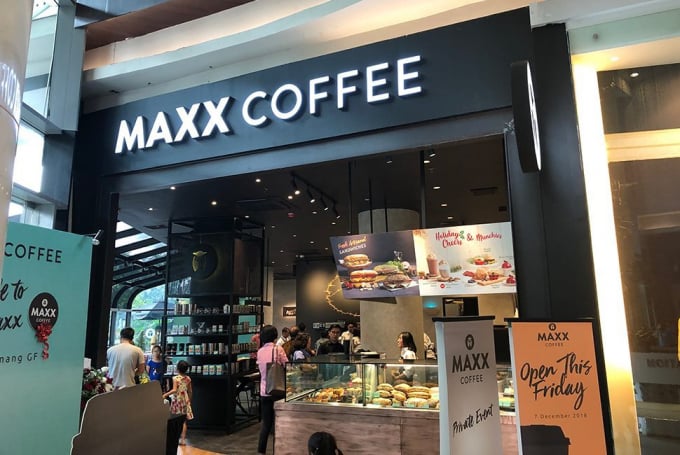
A coffee shop in Indonesia.
In 2020, "Dalgona coffee" trend contributed to increase the amount of coffee consumption at home. This way of brewing relates to whipping coffee to make a beverage with milk foam. In Thailand, self-brewing coffee tools were so much popular, because people had more time to serve coffee themselves when working from home. In Singapore, reasonable price was one of the reasons to promote coffee retail sales.
In addition, the development of e-commerce in 6 biggest economies in SEA, including Vietnames has increased retail sales in this region. In 2020, in these six countries, general e-commerce grew by 53%, whereas e-commerce in food and beverage progressed by 96%. Therefore, not only big coffee companies joined in e-commerce, many smaller ones turned to marketing online when their turnovers of real shops had been decreased.
According to Mr. Luong Van Tu, Chairman of Vietnam Coffee and Cocoa Association (Vicofa), the domestic coffee market in Vietnam has progressed strongly. This thanks to the participation of many Vietnamese brands and international distribution channels. The fast development of these systems has contributed to the fact that current domestic consumption of coffee is over 10% of the whole production in Vietnam.
Translated by Nhu Nguyet
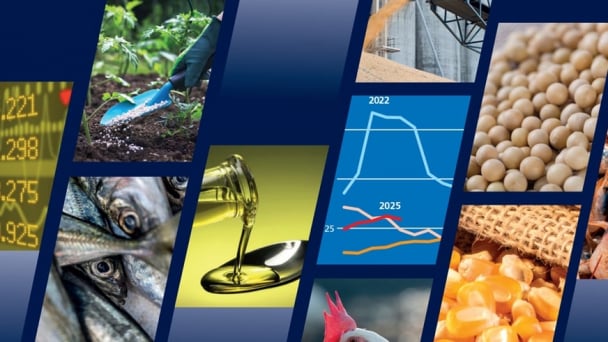
(VAN) Noting risks, report examines impacts of avian influenza, changing trade patterns since 2022, fish fraud, and shipping industry’s net-zero goals.

(VAN) Mr. Tran Quang Bao, General Director of the Forestry and Forest Protection Department, met and worked with the International Wood Products Association to promote cooperation in the field of timber trade.

(VAN) China's outbound shipments of rare earths in May jumped 23% on the month to their highest in a year, though Beijing's export curbs on some of the critical minerals halted some overseas sales.

(VAN) To sustain capital flow, administrative reform alone is not enough; what farmers truly need is an ecosystem where both government and businesses grow together in support.
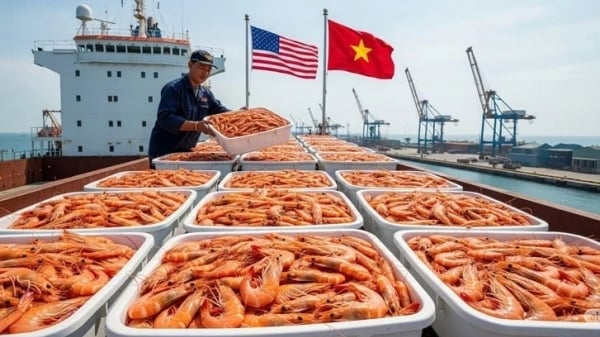
(VAN) Vietnam and the United States are proactively working together, each in their own way, to ensure that every container of agricultural goods carries not just products, but also long-term trust and value.
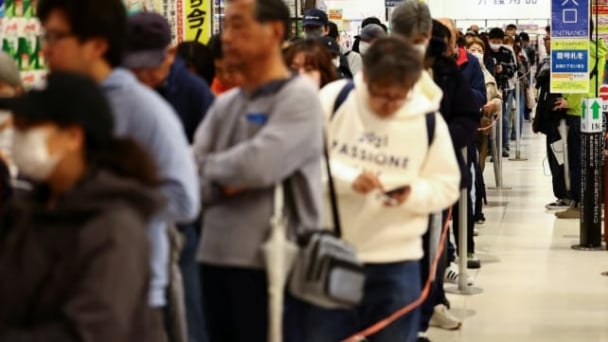
(VAN) Stores have started selling rice from the government’s stockpile to feed demand for the staple.
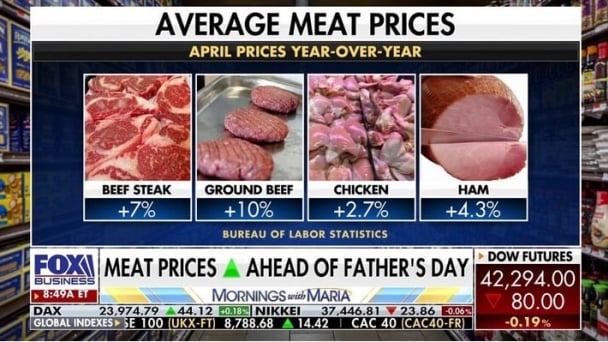
(VAN) Omaha Steaks CEO says rebuilding cattle herds will take about a year to ease price pressures.